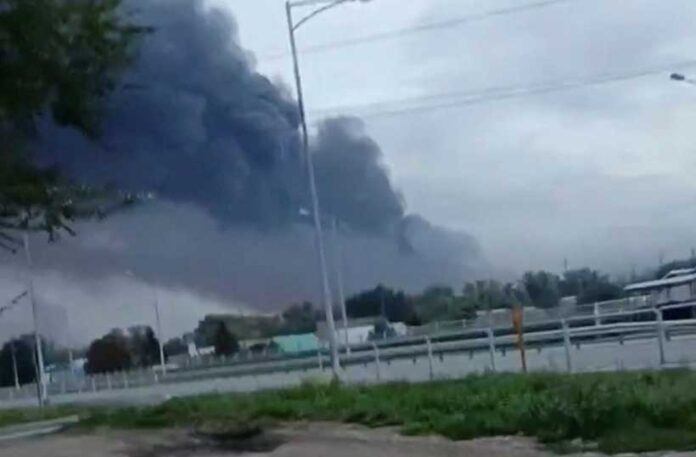MOSCOW, Aug 28 – Ukraine’s drone attacks and planned maintenance have led to Russia’s offline oil refining capacity reaching a record high in August, according to Reuters calculations. The total offline primary oil refining capacity reached a monthly high of 6.4 million tons, up 65% from previous estimates. Drone strikes at various refineries have idled a cumulative 3.1 million tons this month, accounting for 48% of the total impact. They have knocked out around 17% of Russia’s refining capacity, or 1.2 million barrels per day, this month. This tops peaks hit in May 2020 due to COVID-19 and in May 2022 after Russia’s invasion of Ukraine.
Russia has targeted Russia’s large refineries, including in the Volga region cities of Samara, Syzran, and Volgograd, as well as the Baltic Sea port of Ust-Luga, Ryazan, and facilities in southern Russia. The strikes on refining have pushed more crude towards export from the world’s No.2 oil exporter at a time when Washington is pressuring China and India to reduce their purchases of Russian oil. Russia has raised its August crude oil export plan from western ports by 200,000 bpd after the attacks disrupted refinery operations.
The attacks come as Russia’s seasonal demand for gasoline from tourists and farmers peaks. Moscow tightened its gasoline export ban in July before the recent rise in attacks to help safeguard supply. Gasoline shortages have been reported in some areas of Russian-controlled Ukraine, southern Russia, and the Russian far east, forcing motorists to switch to more expensive petrol due to a shortage of the regular A-95 grade.
with information from Reuters


